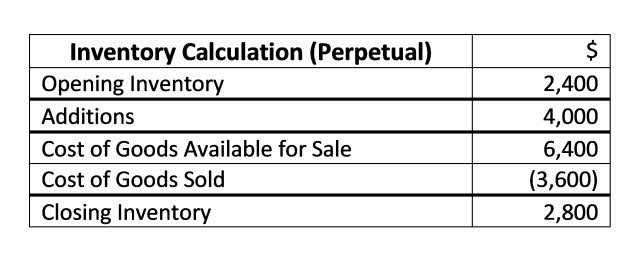Calculating Accounts Receivable Turnover Ratio
12.08.2022
Determining whether your ratio is high or low depends on your business. If you choose to compare your accounts receivable turnover ratio to other companies, look for companies in your industry with similar business models. Gross sales are calculated simply as the units sold multiplied by the sales price per unit. The gross sales amount is typically much higher, as it does not include returns, allowances, or discounts.
- They used the average accounts receivable formula to find their average accounts receivable.
- Companies new to carbon accounting may start by setting targets for scopes 1 and 2.
- The gross sales amount is typically much higher, as it does not include returns, allowances, or discounts.
- And create records for each of your suppliers to keep track of billing dates, amounts due, and payment due dates.
- For example, a blog earns revenue by showing ads relevant to its content.
- The net revenue formula subtracts customer returns, discounts, and sales allowances from gross revenue.
When revenue comes from outside the core business of selling goods or services, it’s considered non-operating income. For instance, at Copado, we keep an eye on the sales revenue that’s coming from our freemium how to calculate sales revenue accounting model (i.e., our basic, non-subscription-based product). It helps us decide whether we should continue investing in building it out or whether it’s beginning to cannibalize users from other products.
Why Use a Free Business Bank Account and QuickBooks?
By analysing customer data, businesses can determine the most advantageous pricing for their products and services, ultimately maximising profits and increasing sales revenue. Sales revenue for service-based companies is determined by the number of customers and the average price of services. This formula allows businesses to assess their service offerings’ performance and identify opportunities for improvement. Understanding your revenue is crucial to the health of your business. Learn how the sales revenue formula helps you calculate revenue to optimize your price strategy, plan expenses, determine growth strategies, and analyze trends. Sales revenue, often synonymous with “revenue,” is the total amount of money generated from selling goods, products, or services for a specific time.
Be prepared to refine your forecast when you encounter developments in staffing, product line-ups, pricing adjustments, promotional periods, regulatory changes, supply chain issues, and customer churn. Just know that if your sales environment is particularly volatile and prone to significant fluctuations, plotting trends will not be as useful. In this scenario, the repair services performed on the stringed instruments can be counted in the August books, but the accordion repair can’t—even though the customer paid for repairs in August. This deferred revenue is recognized when the accordion is delivered to the customer in the following month.
Calculating Product Revenue
Looking at and analyzing your revenue can help you recognize if you’re charging too much or too little for your product or service. You can see if you are generating enough profit compared to the expenses you incur. Understanding how to calculate total revenue can be important for your business. It will give you insights and a high level of understanding when it comes to the relationship between your customer and your pricing.
- However, the assumptions are often made implicitly (i.e. as a projected percentage of gross revenue), rather than projecting out returns and discounts individually.
- We’ll give you a comprehensive sales revenue definition, walk you through how to calculate it, and reveal why it matters so much for sales forecasting.
- It is one of the most influential metrics in business analysis and forecasting.
- A single-step income statement shows one category for income and one category for expenses.
- Net revenue, often called “net sales revenue,” is the revenue generated from the sale of goods or services after deducting any returns, allowances, and discounts.
- On the surface, it’s easy to assume that your total sales should be the same as your total revenue, but the number is typically different due to non-operating revenue.
If you’re a service-based business, you calculate sales revenue by multiplying the total number of units sold by the average sale price. But understanding how to calculate revenue is just as important for you to know. Basically, revenue is the total amount of money that your business gets from selling your products or services to customers. Revenue is usually included on the first line of your income statement. In conclusion, understanding sales revenue is essential for businesses seeking growth, profitability, and long-term success. Companies can boost sales revenue by optimising pricing strategies, streamlining sales processes, and effective use of CRM software.
From sales revenue to net income
Prepare the gross profit section of a partial income statement for transactions related to MU watches. The accounts receivable turnover ratio is a type of efficiency ratio. Efficiency ratios measure a business’s ability to manage assets and liabilities in the short term. Other examples of efficiency ratios include the inventory turnover ratio and asset turnover ratio.
Lenient credit policies can result in bad debt, cash flow challenges, and a low turnover ratio. The top number is gross sales, and the different components are deducted to derive net sales. Gross profit is calculated using the net sales, and not the gross sales numbers. A fairly simple equation will show you how to find sales revenue, though most accounting and sales reporting software solutions can generate it for you.

